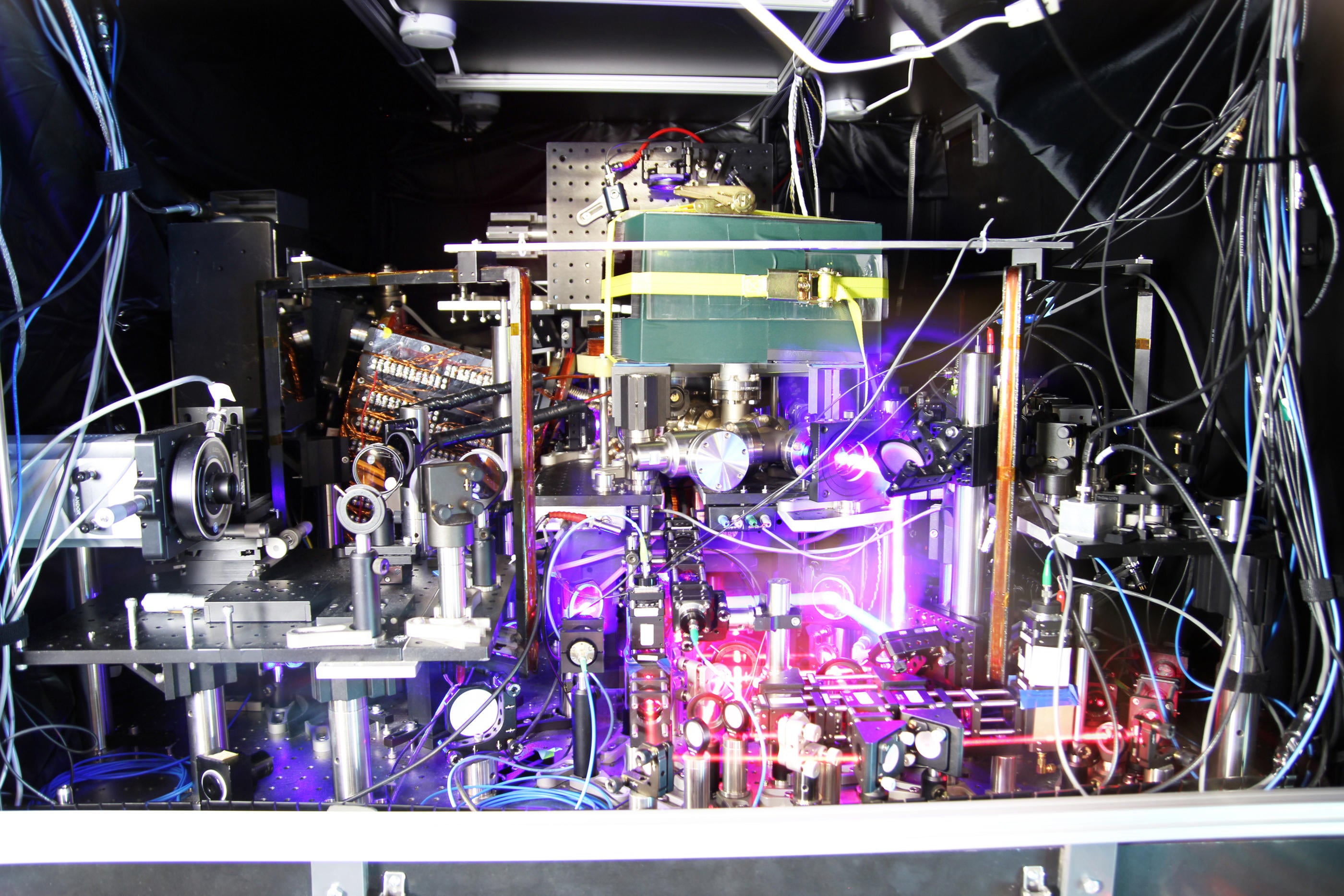Researchers’ atomic clock discovers tiny time warp - and it could help hunt unknown particles and dark matter
The discovery could help scientists investigate dark matter or help find undiscovered particles

An incredibly sensitive atomic clock has spotted a time warp across a tiny distance, holding Albert Einstein’s theory of general relativity true.
According to the theory, clocks tick faster then further they are from the Earth or other gravitationally-dense object – a fact of nature that should hold true no matter the size of the clock and be visible on an atomic level.
Researchers using this clock has now spotted the effect at a smaller, millimetre-sized sample of atoms, where time moved slightly faster at the top of the sample at the bottom, as reported by ScienceNews.
Atoms can be used as clocks because specific frequency of light changes their energy levels; this frequency acts as the equivalent of a clock’s ticking hand. Atoms further from the ground experience time at a faster rate than those closer, so a greater frequency of light is needed to change their energy levels.
Previously this shift, known as gravitational redshift, was detected at a height of 33 centimetres.
“This is fantastic,” theoretical physicist Marianna Safronova of the University of Delaware said. “I thought it would take much longer to get to this point.”

In this study, which has not yet been peer-reviewed, physicist Jun Ye of Joint Institute for Laboratory Astrophysics at the University of Colorado, used a clock made of 100,000 ultracold strontium atoms.
These atoms were arranged in a lattice, sitting at different heights. The physicists mapped how the frequency changed over those heights, showing a difference by one hundredth of a quadrillionth of a percent over a millimetre – the effect expected according to general relativity.
Taking measurements over 90 hours, the ticking rate could be measured to a precision of 0.76 millionths of a trillionth of a percent, which is the most precise comparison ever performed.
“Atomic clocks are now so precise that they may be used to search for dark matter,” theoretical physicist Victor Flambaum of the University of New South Wales suggested to ScienceNews, as the mysterious, unidentified substance could affect how the clocks tick. Comparing atomic clocks with different isotopes (the number of neutrons in their nucleus) could also be used to find undiscovered new particles.
Join our commenting forum
Join thought-provoking conversations, follow other Independent readers and see their replies
Comments
Bookmark popover
Removed from bookmarks